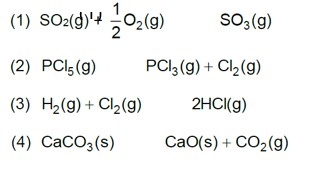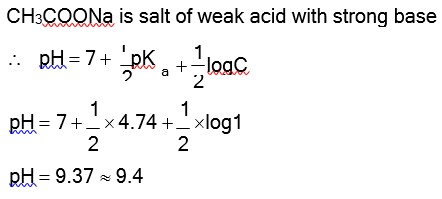Equilibrium
Get insights from 242 questions on Equilibrium, answered by students, alumni, and experts. You may also ask and answer any question you like about Equilibrium
Follow Ask QuestionQuestions
Discussions
Active Users
Followers
New answer posted
a month agoContributor-Level 10
Kp = Kc (RT)Dng
36 * 10–2 = Kc (0.0821 * 300)–1
Kc = 0.36 * 0.0821 * 300 = 8.86 » 9
New answer posted
a month agoContributor-Level 10
A(g) ->B(g) + (g)
Initial moles n 0 0
Eqb. moles n(1 – a) na
total moles =
Eqb. pressure
&nbs
New answer posted
a month agoContributor-Level 10
On increasing pressure, equilibrium moves in that direction where number of gaseous moles decreases.
New answer posted
2 months agoContributor-Level 10
In NEET exam, the weightage of Equilibrium is around 3% to 6% and in JEE Main exam, the weightage is 4% to 6.6%.
New answer posted
2 months agoContributor-Level 10
There are two conditions needed for equilibrium. The net force and net torque acting upon an object must be zero.
New answer posted
2 months agoContributor-Level 10
There are four types of equilibrium constants: Formation constants, stability constants, association constants, and binding constants.
New answer posted
2 months agoContributor-Level 10
It consists of concepts such as Le Chatelier's Principle, equilibrium constant, and factors affecting equilibrium. It is not considered an easy chapter.
Taking an Exam? Selecting a College?
Get authentic answers from experts, students and alumni that you won't find anywhere else
Sign Up on ShikshaOn Shiksha, get access to
- 65k Colleges
- 1.2k Exams
- 679k Reviews
- 1800k Answers




